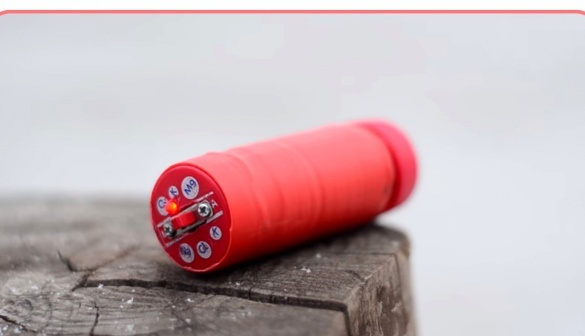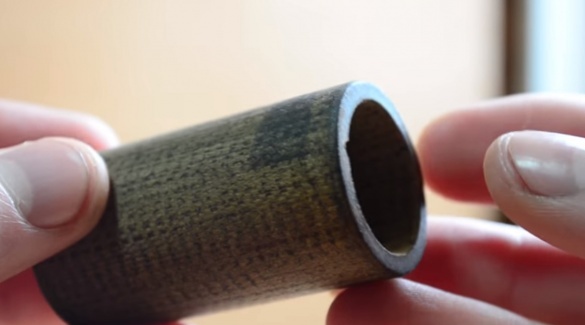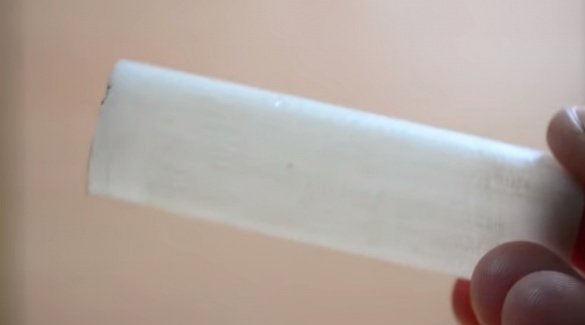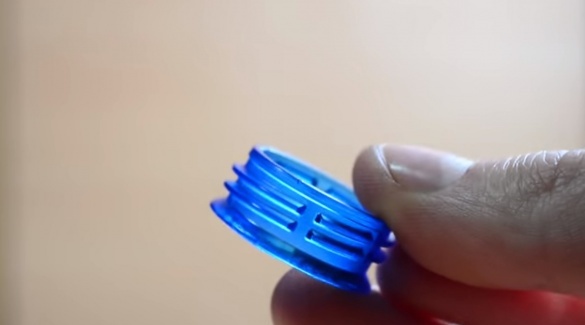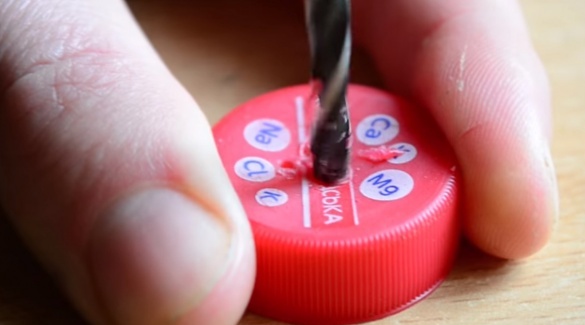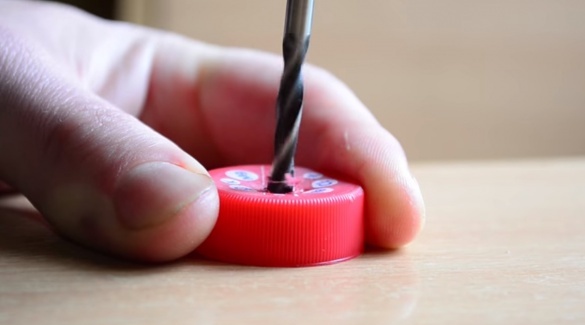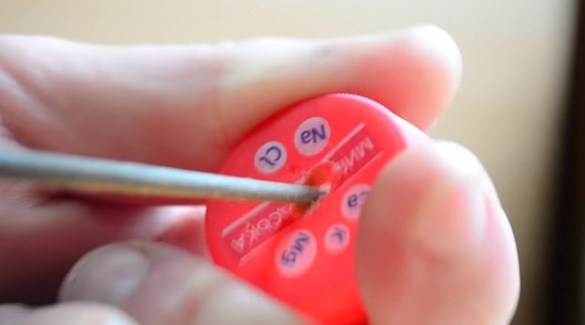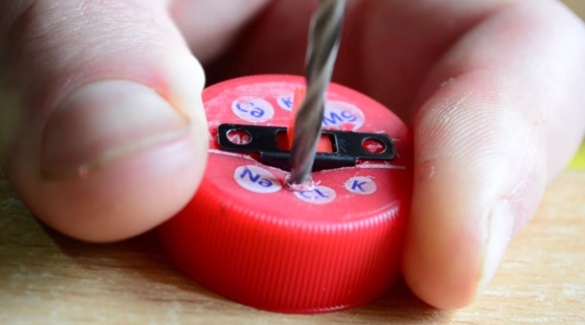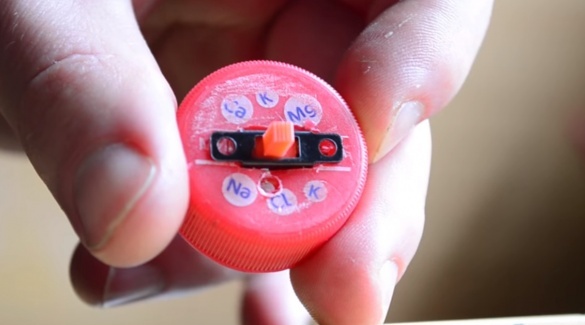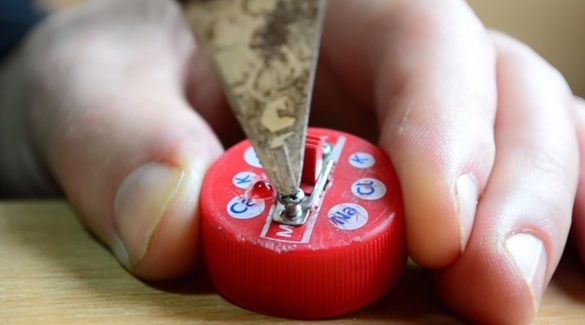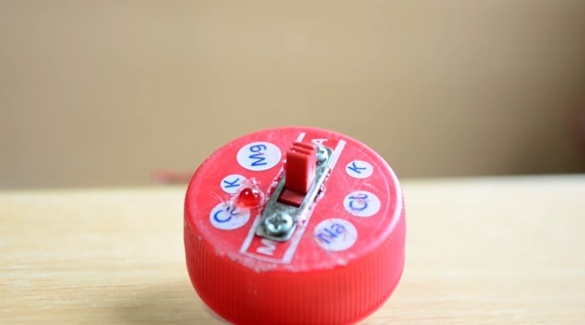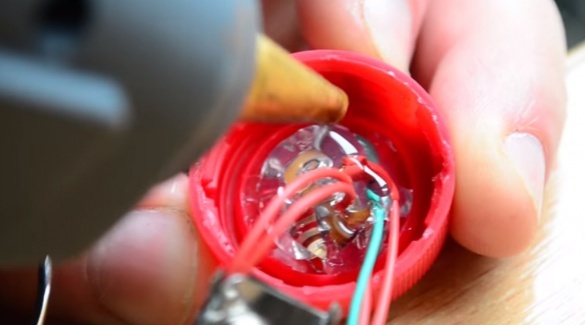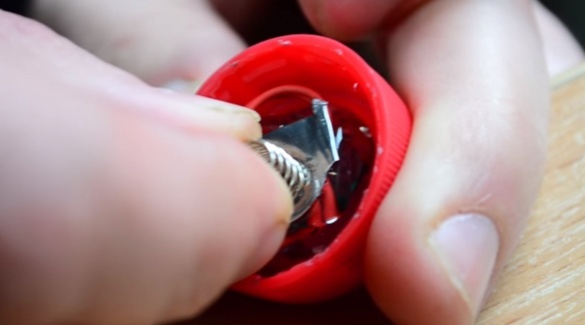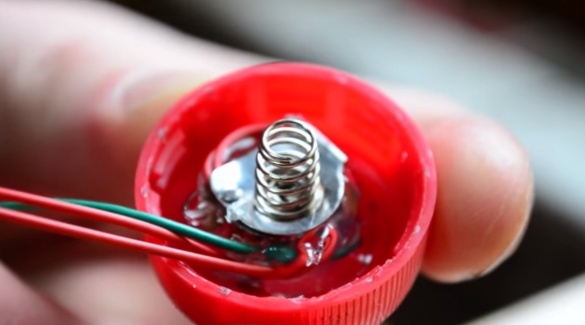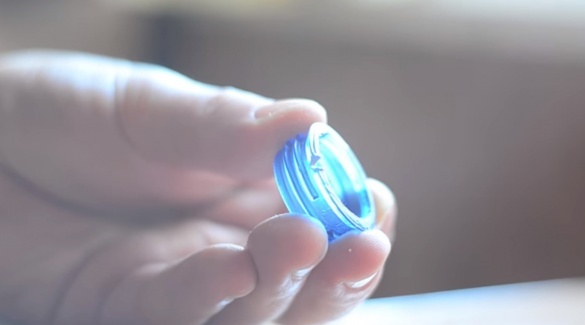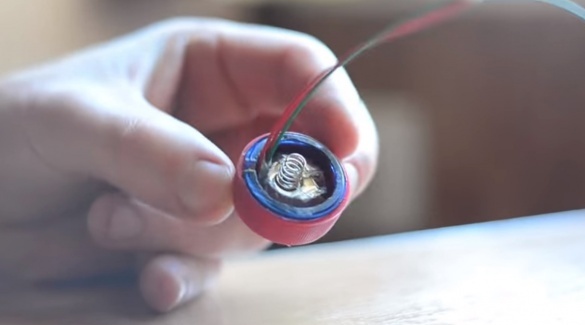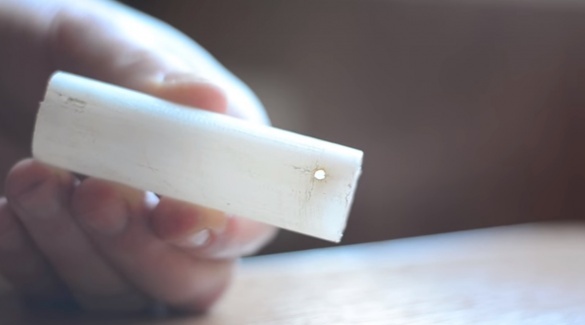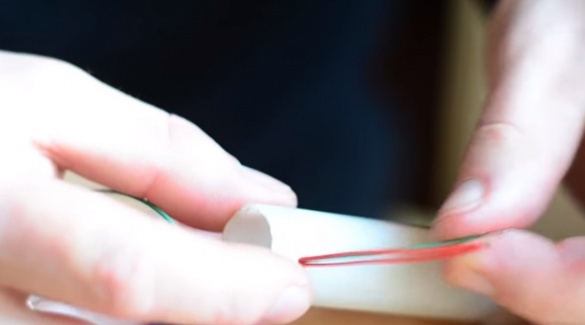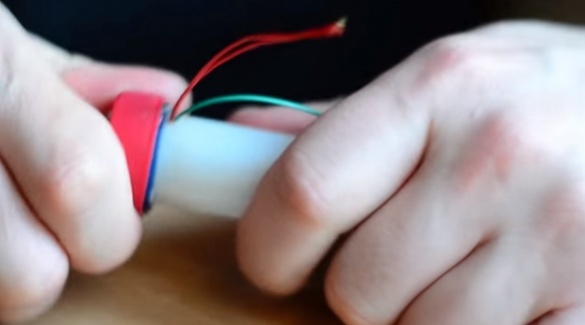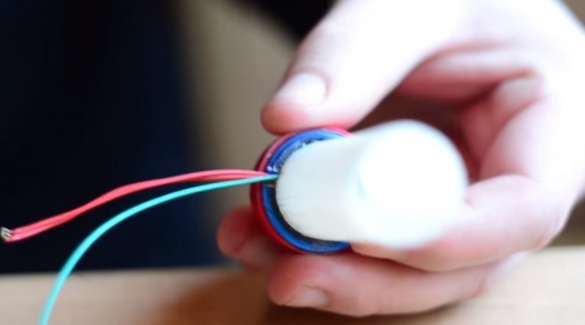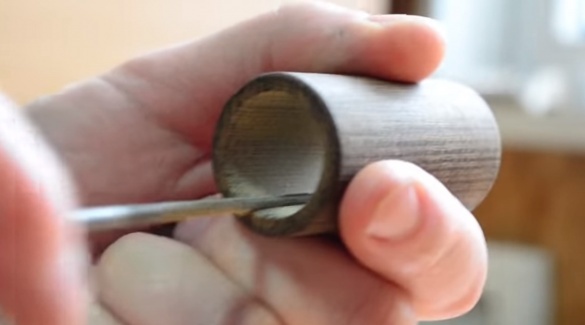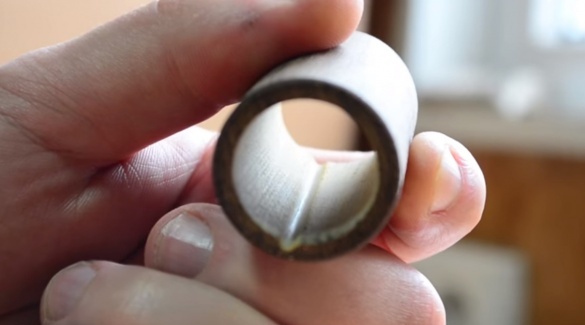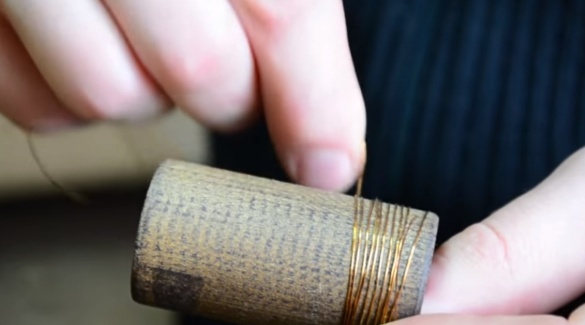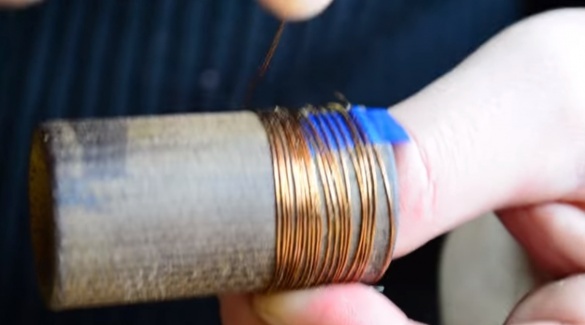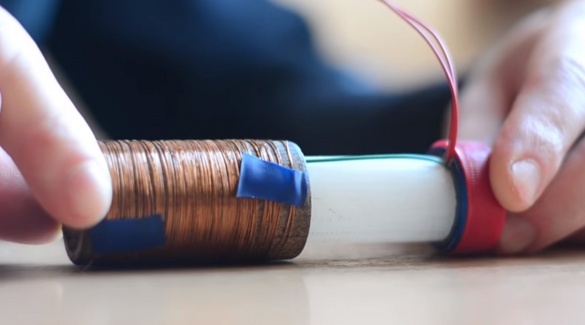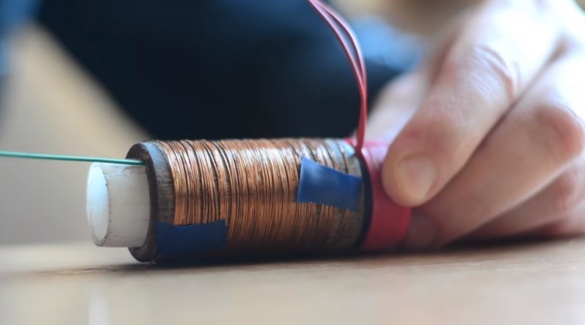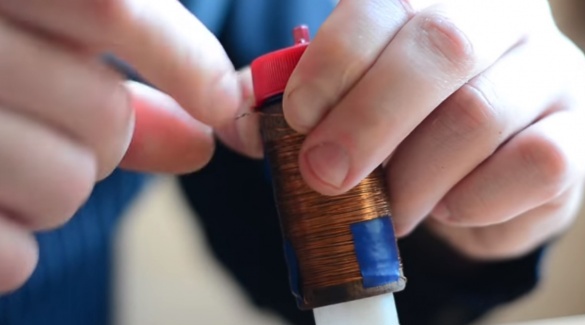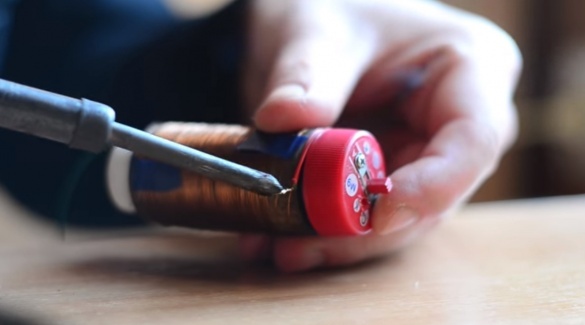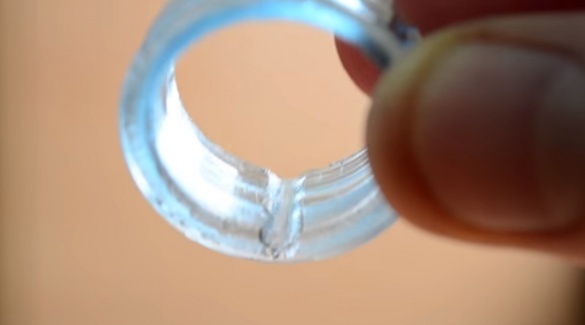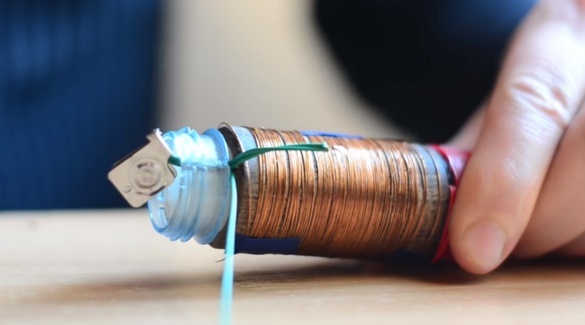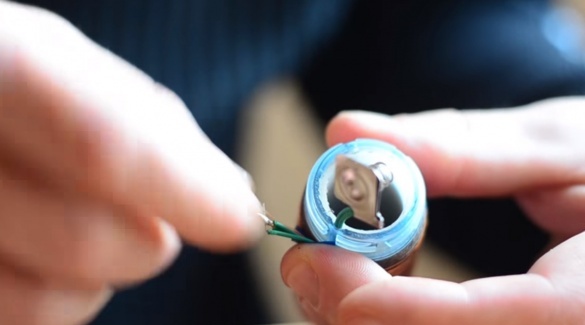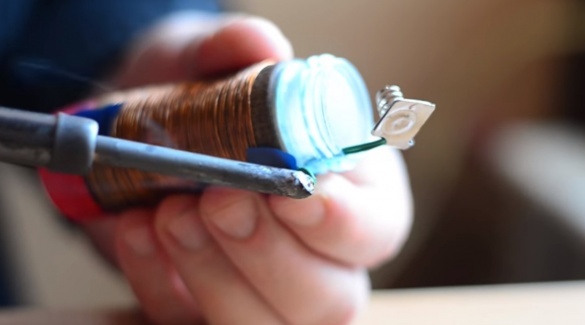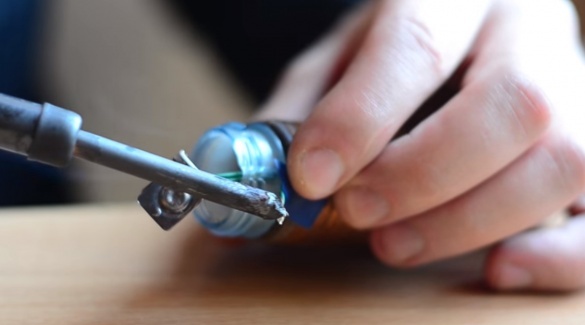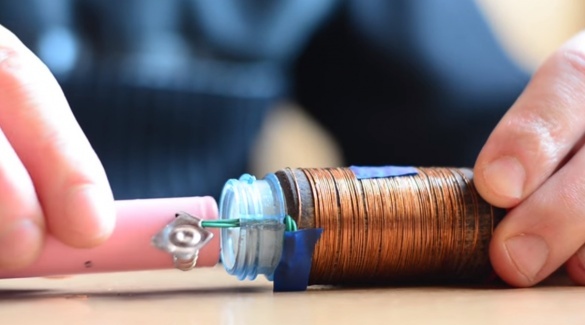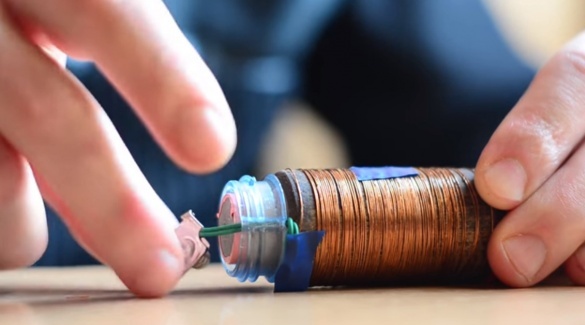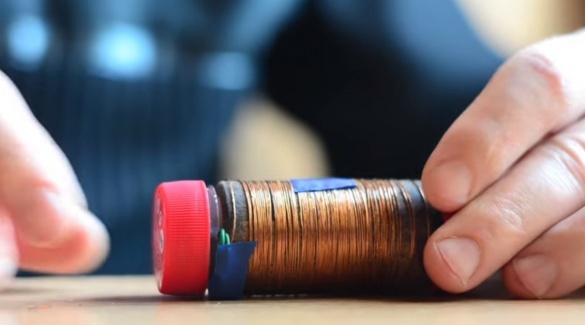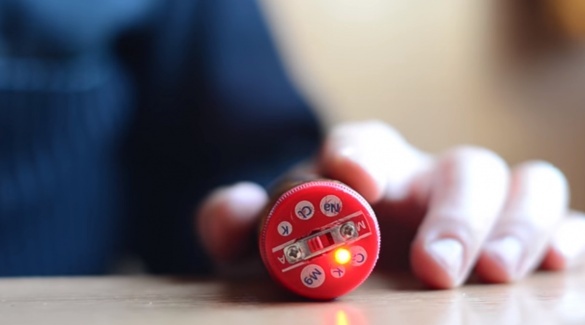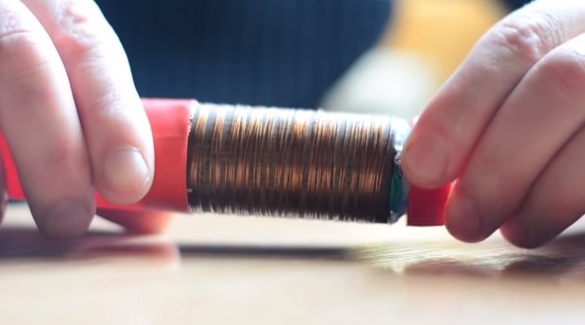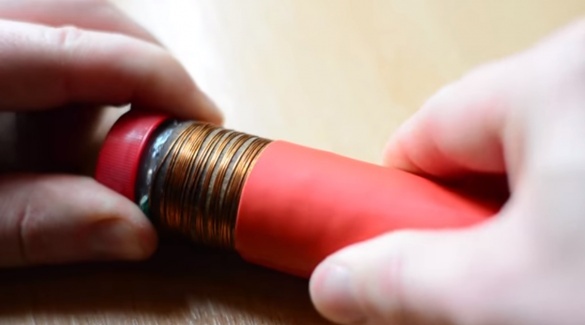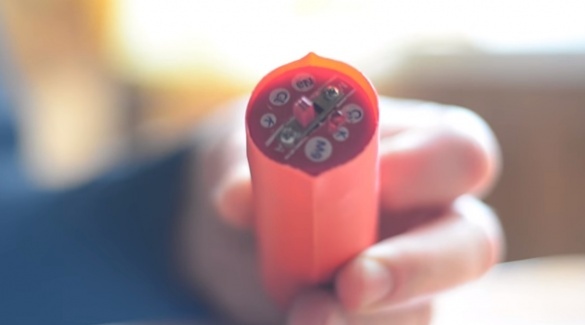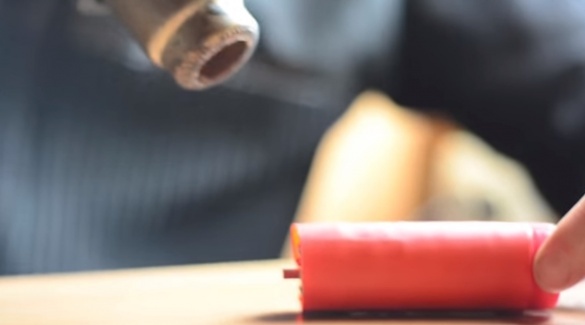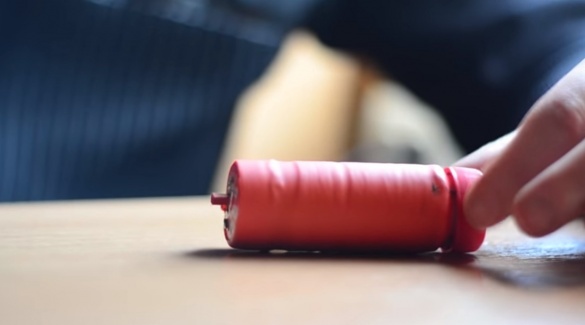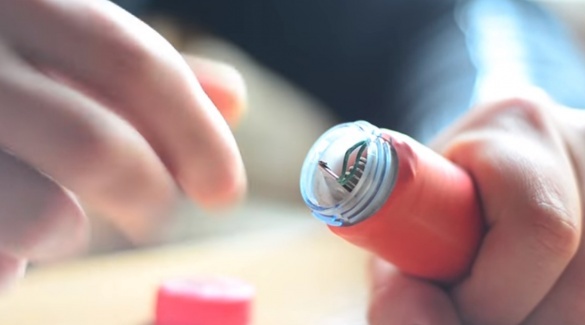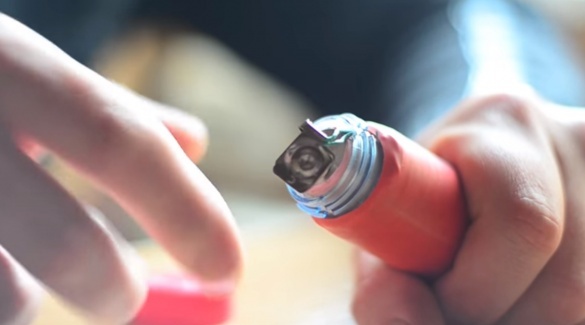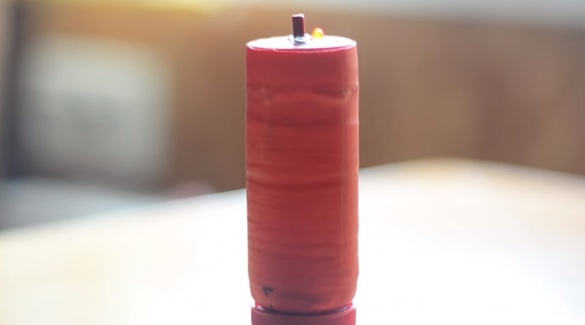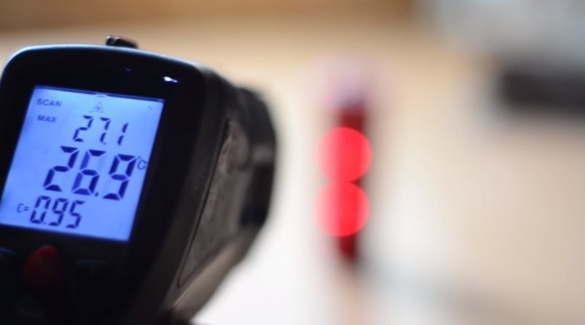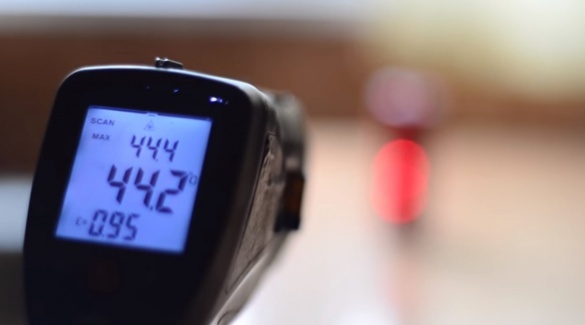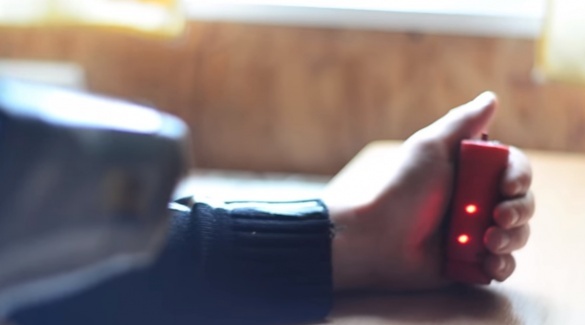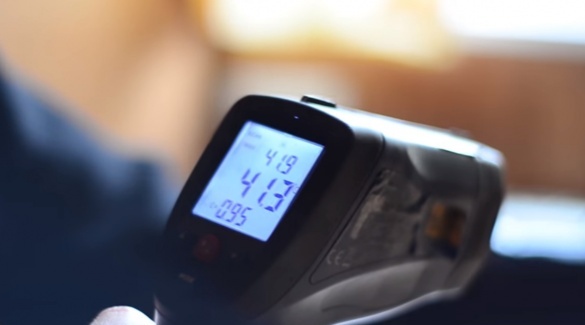In this article, YouTube author Samodelki Vitmana will tell you how he made the simplest, compact hand warmer from highly accessible materials.
Materials
- Heat-shrink tubing
- Textolite sleeve
- A piece of plastic tube with a diameter of 3/4 inch
- Two bottlenecks
- Two caps
- Battery 18650
- Enamelled copper wire 0.25 mm
- Two small screws
- Two spring terminals for batteries
- microswitch
- Light-emitting diode.
Instruments, used by the author.
- glue gun
- Soldering iron, solder
- Technical hair dryer
- Pyrometer
- Screwdriver, drill
- File.
Manufacturing process.
To begin with, the author sets the switch. Drills a hole in the bottle cap and adjusts the size with a file.
Next, setting the switch makes a hole for the indicator (LED).
Everything connects and fixes on the cover with screws.
Then sequentially solder one spring with wires to the switch, and fix it with hot glue.
In one of the necks, makes a recess for the output of the wires, and screw it into the lid with a switch.
In a plastic tube, on the one hand, makes a similar groove. And on the other hand, symmetrically to the groove, makes a hole for the output of wires.
Leads the wires through the hole, installs the lid on the tube.
The same groove makes a file in the textolite sleeve.
Then it wraps on it a copper enameled wire with a diameter of 0.25 mm and a length of 6.5 meters. Puts a sleeve with a heating coil on the tube.
Now solders the ends of the wires and windings.
In the second neck also makes a groove for the wires, and puts it on the other side of the tube along with the second spring and solders the ends of the wires.
Now it checks in operation, it uses a 18650 battery as a power source.
The device heats up, the whole spiral. He puts on a heat shrink tube and warms it with a hairdryer.
The device is ready, the author installs the battery, and proceeds to testing in operation, and measures the temperature with a pyrometer before and after 5 minutes of operation. At the time of switching on, the temperature is 26.9, and after five minutes it reaches 44.2 ° C.
During operation, part of the heat is transferred to the hand, and the surface temperature of the heating pad decreases slightly, to 41.3 ° C.
As a result, the author obtained a compact and effective hand warmer, which will be indispensable in the cold.
It is interesting that the design will warm the battery itself, and this will allow it to work even in severe frost.

